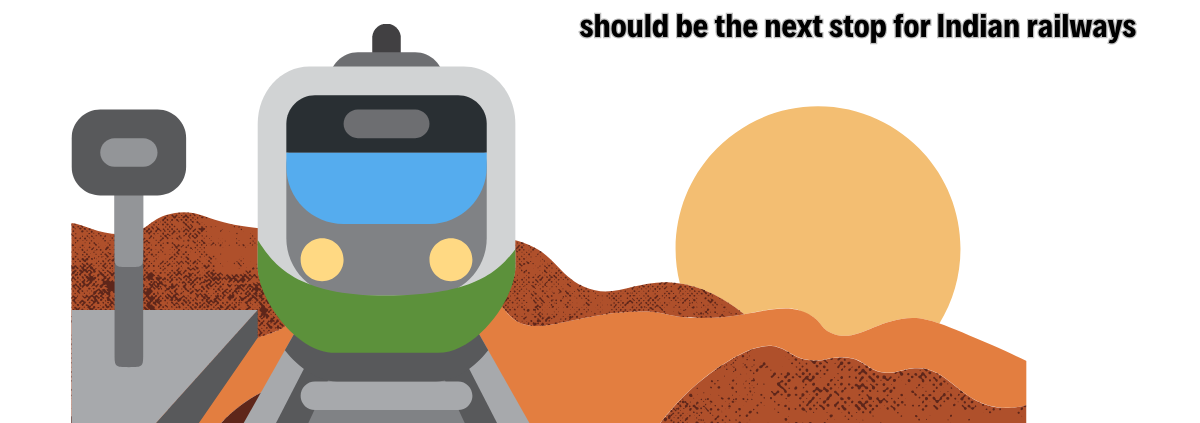June 2, 2023, is a date India is unlikely to forget any time soon. This was the day when the country witnessed a deadly railway accident, in Balasore, Odisha, that killed at least 275 people and injured over a thousand. More than a fortnight after the disaster, family members of the dead and wounded are yet to come to terms with the horrific accident involving three trains.
The tragedy brings the lack of railway safety to the fore yet again, as this is not the first time a collision with deadly consequences has happened. India has a long history of railway accidents that have killed thousands of people and injured many more. While the number of disasters and casualties have been coming down steadily in the past couple of decades, the fact remains that accidents keep on happening and the overall safety record of the Indian Railways continues to be poor.
It’s not as if successive governments have not been spending to improve the quality of train travel. The present government, for instance, has spent billions to upgrade and modernize the Railways, aspiring for 100% electrification by 2024. Besides, there is an ambitious plan to get Indian Railways to reach Net-zero by 2030(1).
More glitz; less substance
Laudable as these initiatives are, they do not address the basic problem of the Railways: Safety. Much of the spending is on cosmetic and glossy modernization projects that have a high visibility component. The government has paid more attention to passenger comfort and high-speed trains, such as Vande Bharat, and far less to basic safety. While such efforts pander to the requirements of the economically affluent populations, they don’t serve the economically weaker sections (EWS), which account for the majority of the demand for railway transportation.
In fact, Indian railways are crucial for economic corridors, which witness a steady influx of labour forces from across the country’s tier-2 and tier-3 cities. The majority of the incoming population have no means but the railways for transportation. So, the basic responsibility of Indian Railways is to ensure safe travel. Timely measures are required to improve the safety of thousands of older trains that are still running in the country, especially between rural areas. There is a pressing need to incorporate major improvements in track maintenance and signalling systems and address the problem of overstretched staff.
The authorities are fully cognizant of the safety lapses: In 2022, a report presented by India’s auditor general said that spending on basic railway maintenance has fallen since 2017(2). The lines are over-utilized and clogged, making it difficult to carry out routine maintenance activities. Every year, new trains are announced — the increasing number of trains requires relative numbers of personnel to carry out safety checks and routine maintenance. But the workforce has not risen at the same rate as the number of trains, leading to greater pressures on the staff and more room for human error.
To the credit of Indian Railways, it is in the process of installing an anti-train collision system, which causes trains to brake automatically sensing impending dangers. But the fact remains that, so far, this new system is operational on just 2% of a railway network considered to be one of the most extensive in the world. Had this technology been installed along all routes by now, it is quite possible that the Balasore tragedy would not have taken place at all. And that is a very sobering thought.
- https://www.theguardian.com/world/2023/jun/03/modi-has-spent-billions-modernising-indias-trains-but-safety-is-biggest-need
- https://time.com/6284837/india-train-accident-odisha-railway-safety/




